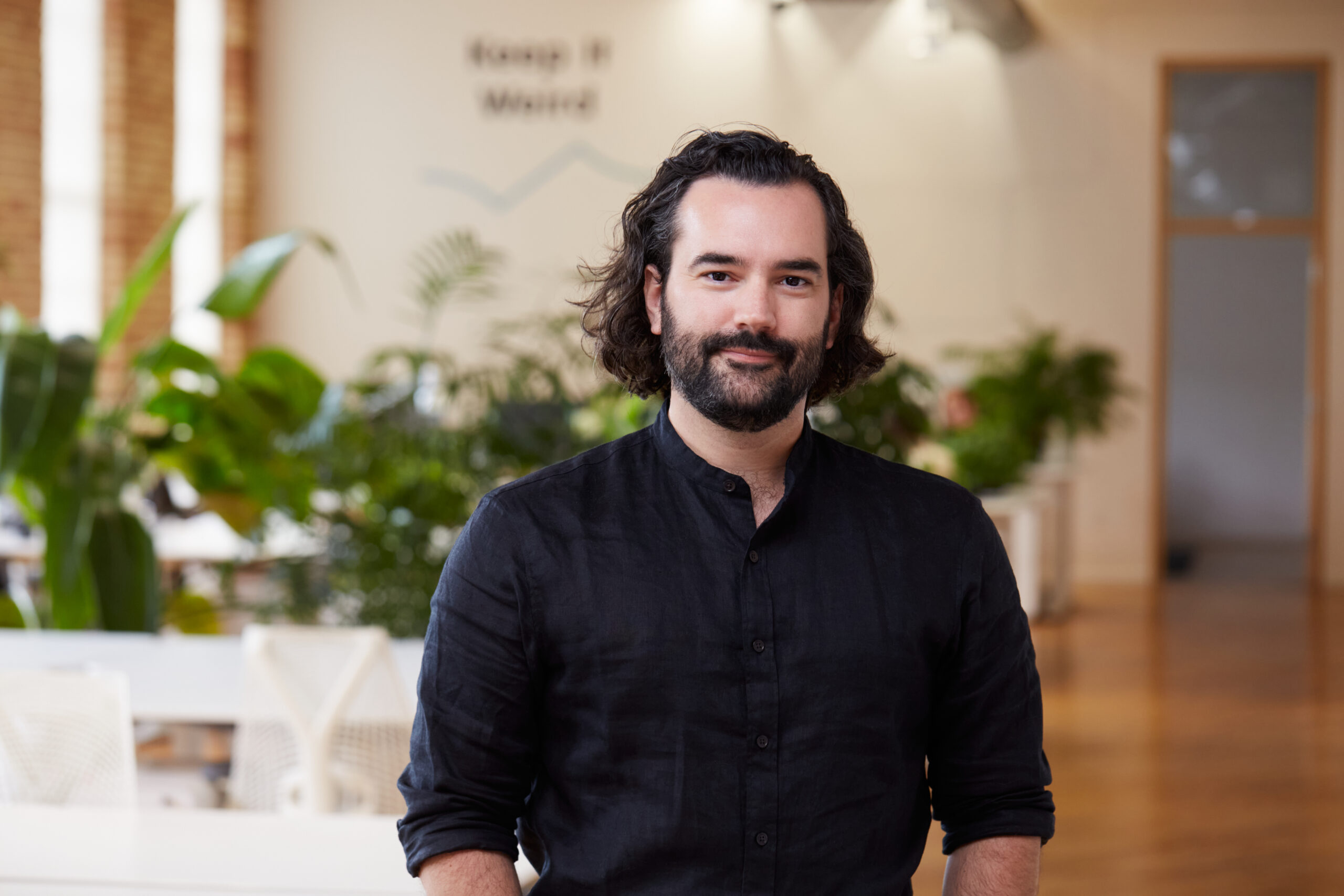
Ideas by Mark Rose
How to do collaborative research in a pandemic
Collaborative research methodologies can bring significant value to an organization, but how can you apply them in a virtual setting? A new remote sprint-based research model can help.
Author

- Mark Rose
- VP, Experience Design, Healthcare
Remote research methodologies are nothing new. Methods such as online focus groups, bulletin boards, and diary studies are standard practice for many qualitative researchers. And while COVID-19 has been a confounding variable in how these are executed (requiring us to think carefully about who we engage, when, in which ways, and on what topics), the fundamentals of these methodologies have remained largely consistent.
One category of qualitative research that has been significantly affected, however, is collaborative research.
What is collaborative research?
Collaborative research involves working with participants not just to gain insight, but also to build something together. Co-creation is a primary example and involves bringing together multiple stakeholders to design a new experience, service, or intervention.
The value in these approaches is that we’re not just checking the box on insight collection then moving on to the next phase of the project. Instead, by actually starting to design solutions together, we create much more room for exploring insights, while also collectively figuring out how to make them actionable. We learn through the design process. Given how much COVID-19 is changing customer experiences, needs, and expectations, a more integrated approach such as this is particularly compelling.
Why is it so difficult to do collaborative research right now?
Co-creation has typically relied heavily on in-person engagement. In pre-COVID times, these were highly interactive, multi-day workshops where many different types of stakeholders would team up with designers to create new and innovative solutions together.
Co-creation is highly empathetic by design. Customers share “pain points” and propose solutions. Providers acknowledge and further build on those solutions, perhaps augmenting them with knowledge of new and interesting technology or other related initiatives at their organization. Designers then push it all further with creative thinking. Even out of session, informal discussions (think coffees, dinners, etc.) help to create a safe space for more “out there” contributions. This type of engagement is very difficult to replicate online.
Where does online collaborative research go wrong?
The most common mistake is simply lifting an in-person agenda and applying it directly to an online setting. These mediums are completely different beasts. Creating a meaningful online research experience requires fresh thinking. To headline just a few of the tensions that need to be navigated online:
- “Zoom fatigue” means that sessions running longer than 90–120 minutes often become untenable.
- Communications have a tendency to become more didactic and uni-directional, inhibiting collaboration.
- A lack of options for informal / back-channel communications makes it very difficult to establish a sense of camaraderie.
- Powerful technology can help a session be more engaging, but technologies often come with a learning curve. This leads to an interesting tension when considering the aforementioned Zoom fatigue: is the additional value of the technology worth spending the already limited time on?